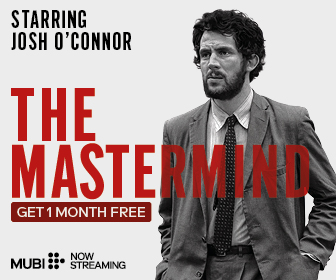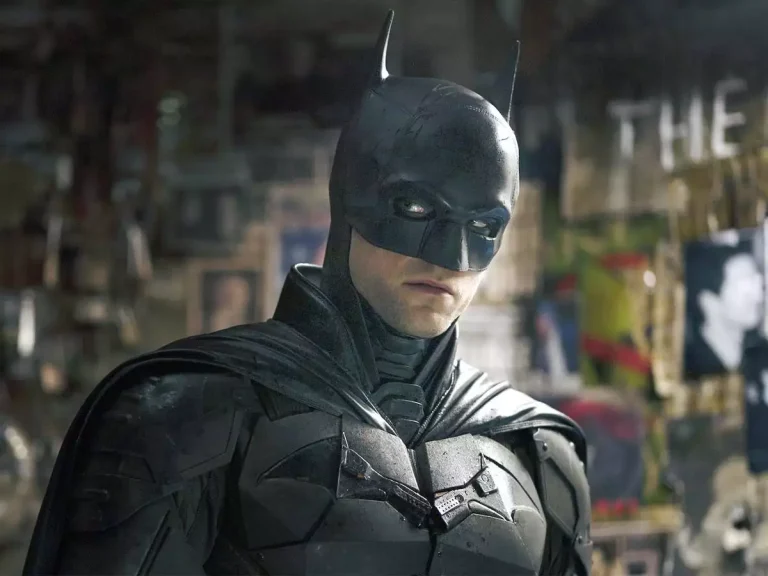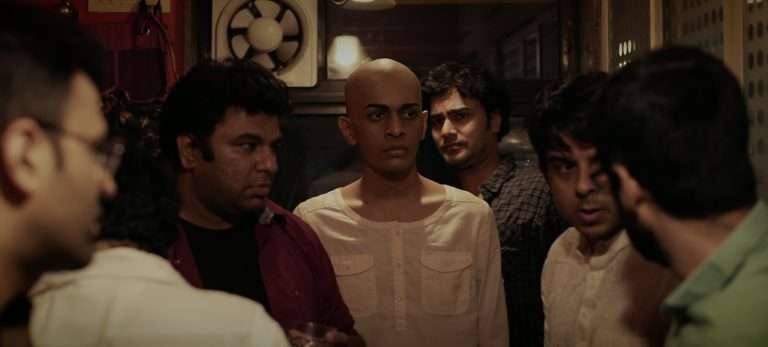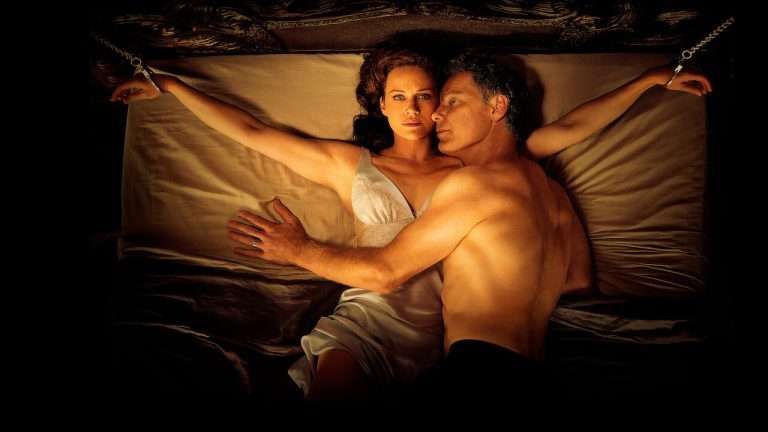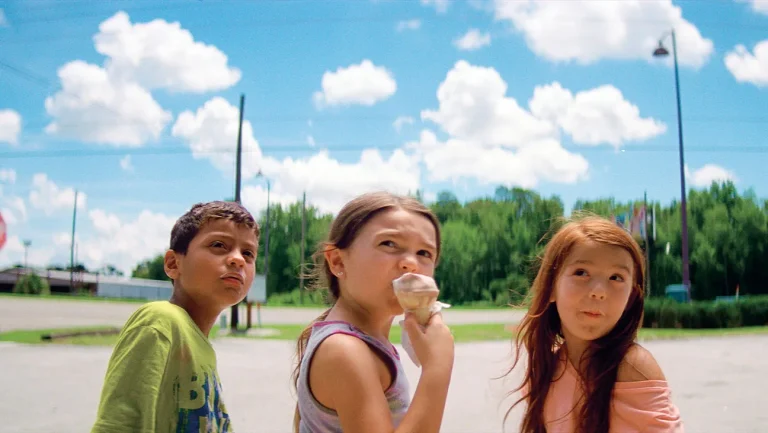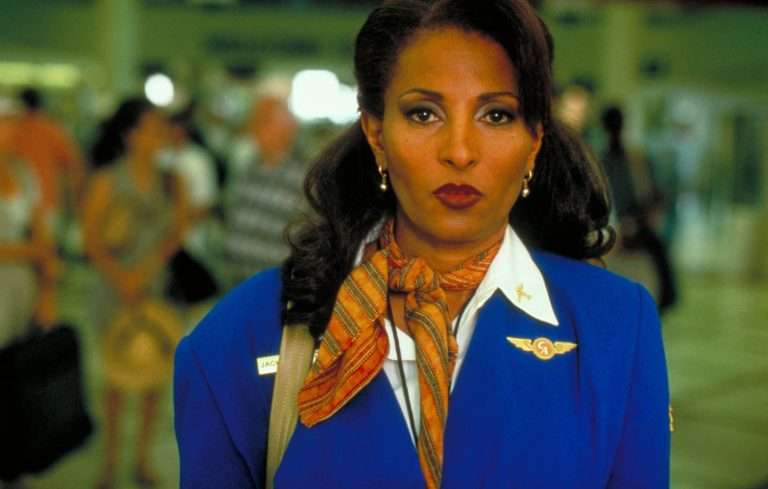The intense stares, taunting laughs, ferocious sword fights, and the rare emotional breakdown that disturbs the stoic demeanor – Tatsuya Nakadai’s unparalleled performance of an impoverished and wronged ronin, Hanshiro Tsugumo, in Masaki Kobayashi’s “Harakiri” (1962) made me instantly realize that I am witnessing one of the greatest performances in cinema. Nakadai may never have attained the global renown of his contemporary Toshiro Mifune. But his seven-decade career on stage and screen stands as a testament to a rarer gift: the ability to inhabit every shade of humanity with complete, transformative conviction.
Tatsuya Nakadai passed away at the age of 92 on November 8, 2025. Having pursued and watched as many Nakadai films as possible over the years, I have observed that Nakadai has played roles spanning over a millennium of cinematic time through his 160+ on-screen personas. I have seen him play a despair-ridden 11th-century painter in “Portrait of Hell” and embody the role of a grief-stricken widower traumatized by the 2011 Tohoku earthquake in “Japan’s Tragedy.”
He has the kind of inner drive that can elevate the bad to mediocre and the mediocre to something vastly superior. And what if he gets a chance to work in something superior? Words fail you to describe such top-tier films. Whether it was the grand canvas of WWII in “The Human Condition” trilogy (1959-61) or an austere road movie setting in “Haru’s Journey” (2010), the heartiness and passion with which he plays the roles completely grip us.
Great things may flash past you in a blink. It is only in hindsight that you understand, which is true in the case of Nakadai’s 3-4 second appearance in Akira Kurosawa’s “Seven Samurai.” He is the bedraggled, hollow-eyed ronin who passes through the few frames of screentime when the desperate rice farmers come to the city to recruit a group of masterless samurai. The 22-year-old Tatusya Nakadai’s first movie role, however, was in Masaki Kobayashi’s prisoner-of-war drama, “The Thick Walled Room”, made in 1953, which, due to its controversial subject matter released only in 1956.
Masaki Kobayashi, the radical filmmaker of the 1950s, gave Nakadai his first big break by making him play the vile and leering criminal, Joe, in “Black River” (1957). But it was Kobayashi’s memorable protagonist, the haunted idealist Kaji in “The Human Condition” trilogy, that propelled Nakadai to stardom and fame.
Kaji’s vast internal and external journey across the war-torn landscape is conveyed through the great man’s expressive eyes, i.e., from empathy, horror, to defiance, and existential despair. By the beginning of the 1960s, Nakadai had also collaborated with a generation of great filmmakers, including the old studio auteurs, Mikio Naruse, Keisuke Kinoshita, and Kon Ichikawa.
Nakadai has played dark characters quite early in his career. However, it was his collaboration with Akira Kurosawa, playing the antagonist to the taciturn good guy of Toshiro Mifune in “Yojimbo” and “Sanjuro,” that further boosted his popularity. Nakadai plays different types of villains in both the films – he is a flamboyant gun-wielding thug in “Yojimbo” and a calm and collected katana-wielding samurai in “Sanjuro.” The intensity with which Mifune and Nakadai stare at each other in the climactic scene of “Sanjuro,” followed by the bloody, jaw-dropping shot, is the most remembered one in the jidaigeki cinema.
Tatsuya Nakadai also played a significant role in “High and Low” (1963), but it was only in “Kagemusha” and “Ran” that Kurosawa promoted him to be his leading man. Trained in the realistic Shingeki acting tradition, Nakadai seamlessly adapted his craft to Kurosawa’s operatic vision. In “Ran,” his portrayal of the frail, unraveling patriarch draws deeply from the stylized stillness and ritualized gestures of Noh theatre.
In “Kagemusha,” by contrast, he imbues the grave tale of a thief impersonating a fallen warlord with flashes of irony and quiet humor, grounding the epic grandeur with human fragility. Though restraint and nuance are the cornerstones of his artistry, Nakadai could, when needed, pivot effortlessly to flamboyance or farce, as his swaggering performance in “Yojimbo” readily proves.
Recommended Read: 30 Best Tatsuya Nakadai Movie Performances
It’s remarkable how effortlessly Nakadai can slip into outright buffoonery in “The Age of Assassins” (1967) and “I Am a Cat” (1975), delivering moments of genuine, laugh-out-loud humor. In the former, he plays a bumbling, bespectacled professor who unexpectedly reveals himself as a suave, Bond-like operative; in the latter, he embodies a misanthropic schoolteacher with sardonic wit and weary charm.
Yet the same actor capable of such levity can just as easily make you recoil in loathing. It’s one thing to portray a loudmouthed thug (“Yojimbo”), a calculating bad guy (“Hitokiri”), or a tormented soul (“Portrait of Hell,” “The Wolves”), but Nakadai goes further still, fearlessly inhabiting characters almost entirely devoid of redemption.

Beyond the aforementioned “Black River,” Nakadai delivered equally detestable turns in “Conflagration,” as a bitter and resentful Buddhist seminarian, and in Keisuke Kinoshita’s “Immortal Love,” where he portrays a cowardly, entitled member of the ruling class opposite Hideko Takamine. And then there’s his chillingly detached performance in Teshigahara’s “The Face of Another,” where he transforms into an unfeeling, coldhearted businessman. It’s a portrait of alienation as unsettling as it is unforgettable.
However, it is Nakadai’s antihero, Ryunosuke Tsukue, in Kihachi Okamoto’s “Sword of Doom” that gives you the chills and makes you unabashedly despise the character. “The world is full of villains, but he beats them all,” says a guy in the film about the endlessly nihilistic Ryunosuke. The compassion and empathy that we have witnessed through Nakadai’s gaze are filled with pitch-black darkness in “Sword of Doom.”
It’s also interesting to note that the best Mifune-Nakadai scene in their collaborations didn’t come from the three Kurosawa films where they shared a lot of screen space, but it was in Okamoto’s film. The moment that leads Mifune’s Shimada to utter this dialogue, “The sword is the soul… Evil soul, evil sword,” facing Nakadai’s Ryunosuke, is pure cinema to me.
Kihachi Okamoto and Hideo Gosha frequently collaborated with Nakadai (made 11 films with Gosha). In Okamoto’s “Age of Assassins” and “Kill!”, he effortlessly balanced comedy and action. But it was in Gosha’s chanbara classics and yakuza dramas, we repeatedly saw Nakadai giving the kind of operatic performance he was known for, especially in the films “Goyokin” (1969), “The Wolves” (1971), and “Onimasa” (1982).
In 1978, Nakadai founded the acting school, Mumeijuku, with his late wife, Yasuko Miyazaki, which gave us the magnificent actor, Koji Yakusho (“Cure,” “Perfect Days”). After Kurosawa’s “Ran,” Nakadai’s screen appearances became less frequent. Yet he continued to deliver performances of striking emotional depth — most notably in Masaki Kobayashi’s elegiac swan song “Family Without Dinner Table” (1985), the poignant “Hachi-ko” (1987), and the period drama “Go-hime” (1992).
In the 21st century, Tatsuya Nakadai reaffirmed his brilliance through three collaborations with Masahiro Kobayashi (no relation to Masaki Kobayashi), most memorably as the regretful octogenarian in “Haru’s Journey.” He also did voice acting in Isao Takahata’s animated tale, “The Tale of the Princess Kaguya.”
One can only imagine the creative alchemy had he crossed paths with Japan’s new wave visionaries — Shohei Imamura, Nagisa Ōshima — or the wildly divergent auteurs of the modern era, from Takashi Miike’s anarchy to Hirokazu Kore-eda’s quiet grace. Yet even without such encounters, Nakadai’s body of work feels almost superhuman in scope, as if he had lived several cinematic lives within one. The actor’s last screen appearance was in Takashi Koizumi’s “The Pass: Last Days of the Samurai” (2020), and he is said to have performed on stage till May 2025.
Tatsuya Nakadai is truly a man of many faces — a resolute idealist, a tragic rōnin, a deranged warlord, an irascible villain, an unrepentant nihilist, a weary philosopher, and many more. Across decades, he has embodied the full spectrum of the human condition with unmatched depth and conviction. Generations of movie lovers continue to marvel at his versatility and artistic courage. The words “legend” and “giant” are used too casually today. Yet even those words fall short of capturing the towering brilliance of Tatsuya Nakadai.

